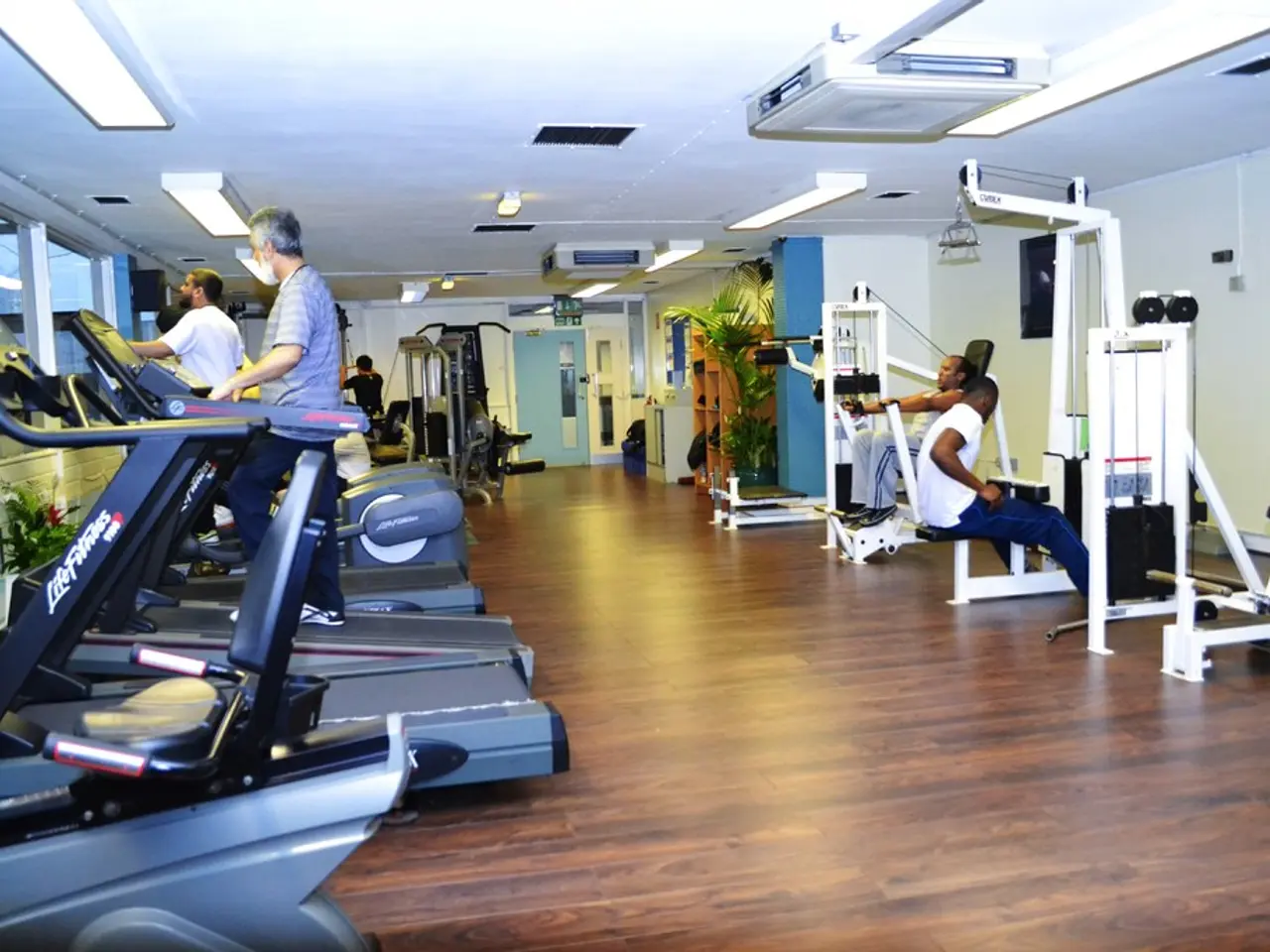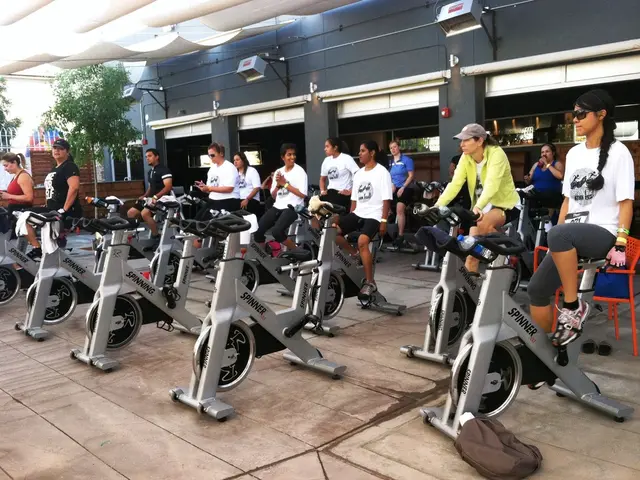Posture Stability Exercises - Strengthening Techniques for Wobbliness
In a continuous pursuit to improve the quality of life for individuals with Parkinson's disease, various forms of exercise have been found to be beneficial.
One such exercise is Tai Chi, a slow-motion martial art that enhances proprioception (the sense of body position) and strengthens postural muscles through low-impact movement. A study published recently has shown that Tai Chi effectively improves balance and prevents falls in people with Parkinson's. For those with limited mobility, chair yoga and gentle yoga are great options, offering the same balance-improving effects.
Yoga, with its focus on improving balance by boosting core stability and postural alignment, has also been found to have positive impacts on patients with Parkinson's. A meta-analysis of randomized controlled trials has confirmed these benefits. Additionally, yoga's incorporation of stretching, strength, and stillness helps improve posture, core strength, and focus, all of which contribute to better balance.
Boxing and dancing, with their rhythm, movement coordination, and weight changes that challenge balance, have also been demonstrated to improve balance, gait, and mood in people with Parkinson's. Combining these activities with Tai Chi or yoga can create a powerful, rounded balance routine.
Physiotherapists trained in Parkinson's-specific exercise programs like LSVT BIG, PWR! Moves, or PD Warrior focus on balance and posture issues. These programs employ targeted exercises that emphasize big, deliberate movements to help reset posture and improve coordination. Weight training, resistance bands, and bodyweight exercises like squats can all help build strength, which in turn supports better posture and control.
Progressive resistance exercise has also been found to have benefits for people with Parkinson's, as a two-year randomized controlled trial has shown. Specific physiotherapeutic programs for people with Parkinson's focus on neurological therapy that promotes selective movement, stabilizes balance, and improves posture using neurophysiotherapy principles based on neuroplasticity.
Exercising and staying active is crucial for maintaining independence, confidence, and quality of life for individuals with Parkinson's. By incorporating a variety of exercises into their routine, patients can work towards improving their balance, strength, and overall well-being.
Read also:
- Overweight women undergoing IVF have a 47% higher chance of conceiving naturally post-weight loss
- Bonsai Trees from Evergreen Species: Exploring Growth Characteristics & Distinct Qualities
- What temperatures may make walking your canine companion uncomfortable?
- Title: Information About Beovu: Potency, Form, Usage, and Additional Details






